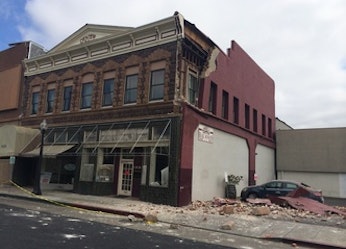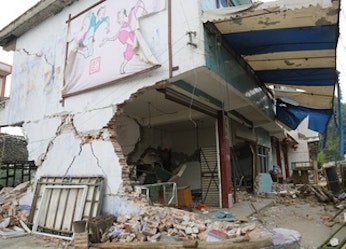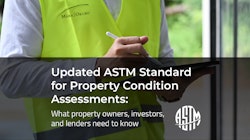

M|O Perspectives
Check back here for our thoughts on the latest developments in our industry.
San Francisco’s innovative BORP: A model for resilience
Mar 10, 2017
For the past 20 years, San Francisco building owners have had the option to enroll their properties in the city’s pioneering Building Occupancy Resumption Program (BORP). Registered buildings receive private post-earthquake inspection on an accelerated timeline, reducing business interruption costs and facilitating a faster return to operations following a major event.
More and more, other western municipalities are taking notice of this win-win arrangement, and are expressing a greater willingness to enter into similar agreements with proactive building owners and their engineers.
BORP provides building owners (and tenants) a “rapid, individualized emergency response.” The target turnaround time for the inspection of a BORP-registered building is typically 24 hours. That’s incredibly quick, given that a city’s resources are often stretched thin in the days following an earthquake.
Building inspectors and mutual aid workers prioritize the evaluation of critical infrastructure and critically damaged buildings, but in San Francisco’s case the Department of Building Inspection warns that 3-10 days may pass before the city’s inspectors are able to perform the required rapid safety assessments. In a major event with aftershocks, wait times could be even longer.
BORP not only helps avoid business interruption costs, but also facilitates sound inspections by specially trained and pre-certified, licensed engineers, giving enrollees a higher degree of certainty about their properties. Here’s how it works:
Step 1: Inspection manual
The program’s first step includes a disaster preparedness plan inspection manual, which includes things like potential triggers for evaluation; building access information; location of emergency supplies; structural drawings and detailed description of the structural system; and the safest inspection route.
Step 2: Periodic re-inspection
San Francisco’s Department of Building Inspection requires the periodic submittal of a renewal form and updated contact information. Inspectors must maintain their familiarity with both the building itself and the inspection plan, typically performing annual building walk-throughs.
Step 3: Post-disaster implementation
Upon the city building department’s approval of the manual, deputized professionals are given red, yellow and green tags to post at the building’s entrances immediately following an earthquake. With the pre-certification building and inspection plan in place, inspectors can perform a more targeted review of the building’s specific vulnerabilities and a more informed, and potentially less over-conservative occupancy posting decision.
San Francisco’s BORP provides a blueprint for public-private partnership in resiliency planning that other municipalities are increasingly following. In just the last few years, Salt Lake City, San Jose, Sunnyvale, Berkeley and other towns have initiated their own versions of BORP programs, while many more cities are entertaining the idea of how to proceed.
In participating cities, Marx|Okubo’s deputized inspectors—a team of licensed structural engineers and architects specially trained and certified through BORP—can prepare BORP plans resulting in cost-effective program enrollment and prioritized post-earthquake inspections. Likewise, in municipalities where the program has not yet been adopted, Marx|Okubo is available to help facilitate an analogous arrangement between building ownership and the building department. If you have more questions about BORP, please don’t hesitate to call us today.



What we do.
- Owner's Representation
- Property Condition Assessment
- Project Management
- Constructability Reviews
- Repair | Reconstruction
- Facility Condition Assessment
- Construction Loan Monitoring
- Accessibility
- Building Enclosure
- Fire | Life Safety
- Mechanical | Electrical | Plumbing
- ESG | Sustainability & Resiliency
- Structural Engineering
- ASAP® - Automated Structure Alert Program
Marx|Okubo is a national architecture/engineering/construction consulting firm that works with real estate owners, investors and lenders—at every point of the property lifecycle—to evaluate their building projects, solve complex challenges and implement tailored solutions. We help clients understand their projects’ complexities, so they can make more informed decisions and, ultimately, mitigate their risk.




